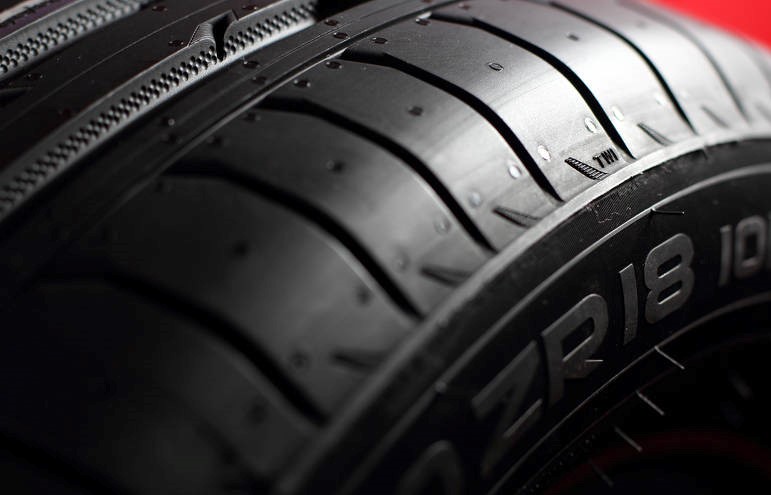Honestly, knowing the exact time of when you need new tires or trying to figure out a distinct time frame for how long your tires last is far-fetched. However, there are many indications to be aware of that prompt you to get new tires.
Quite simply, as a tire continues to take on more mileage it gradually begins to get more unsafe. The primary purpose of tread is to divert water from under the tire, to increase traction and to deter hydroplaning on slick roads. As tire tread adds on mileage, its reliability decreases. Tires become entirely dangerous when they’re worn down to 1⁄16th of an inch. However, it is recommended you don't wait until that point to get new tires, especially when driving in adverse weather conditions.
There are numerous elements that factor into the longevity and mileage of a tire, subject to:
- The climate
- It’s design
- Driving habits
- How you treat your tires
- The road’s environment
The Penny Test
All modern tires sold in the U.S. have “tread wear bars,” which are small raised rubber bars in the grooves of your tires. When you look at your tire tread, you’ll see these bars running between the tread. If you see these bars are flush with your tire tread, it’s time for new tires. Another easy way to tell if you need new tires is the penny test. Simply take a penny and place Lincoln’s head in one of the grooves of your tire tread. If you can see all of Lincoln’s head, then head to a tire shop for new tires. While you’re inspecting your tires, check a few different spots for any irregular tread wear. This could indicate you need a wheel alignment as well as new tires.

How a Wheel Alignment Can Help Prolong the Life of Your New Tires
When your car’s wheels are out of alignment, your vehicle will suffer in several ways. First, your handling capability drops significantly. Also, your ability to turn in either direction is dramatically affected, and your car will likely struggle to drive in a straight line, as it is consistently pulling in one direction. All these factors can negatively impact the lifespan of your tires. If your wheels are out of alignment, your new tires will wear unevenly, which means you’ll have to get new tires again sooner, or you’ll need a tire repair. This adds considerable expense to the cost owning your car overall. Declining to get a wheel alignment when you get new tires can also lead to flat spots or even tire blowouts.
Let’s Talk Tires! We Have Answers to All Your Questions about New Tires, Tire Repair & Wheel Alignment
Tire alignment is equally as important to the quality and care of your tires and should also be checked when checking tires. Alignment can help your tires perform properly and help them last longer. It can also improve handling and keep your vehicle from pulling in one direction or vibrating strangely on the road. If you notice that you’re in need of a tire alignment or just aren’t sure, bring your car in to get checked today.

